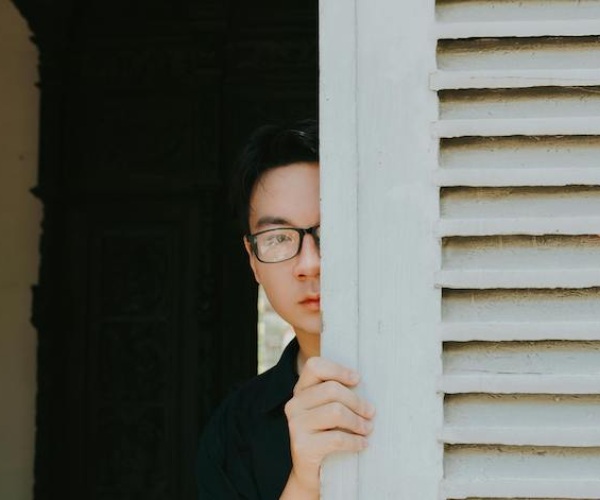Unmasking Autism – The Quiet Bravery of Being Yourself

This month, we’re diving into Autism. While this post focuses on masking in Autistic people, recognising the ways we hide parts of ourselves to fit in can help anyone feel more real, more confident, and more connected to others.
Socialising can be exhausting, not because of the people, but because of the pressure to perform a version of yourself that feels acceptable. In a world that rewards conformity, authenticity can start to feel risky, even when we crave it the most.
This kind of performance is something most people do in their everyday life without realising. But for Autistic people, it runs deeper, longer, and more intensely. It’s called masking, the learned effort to hide or cover up parts of who you are in order to meet social expectations and avoid judgement or exclusion.
It’s a survival strategy developed to navigate environments that aren’t built for their way of thinking, communicating, or sensing the world. Over time, many Autistic people receive subtle and overt messages that who they are is too much, not enough, or simply wrong. This often leads to deep, internalised shame about just being themselves.
Masking creates a disconnect between your true self and the socially acceptable version of you. Over time, this can leave you feeling numb, lost, or unsure of who you really are. Constantly staying in regulation mode to fit in can be mentally and emotionally exhausting.
The antidote to masking is vulnerability. It means letting yourself be seen as you really are without pretending, protecting, or performing. It’s expressing your thoughts, feelings, or needs, even when there’s a risk someone might not get it. Vulnerability is not weakness. It is a quiet kind of bravery that builds real connection.
Humans are wired to avoid rejection. We are social beings at our core, and our brains perceive rejection as a threat. This fear is heightened for people with adverse experiences of rejection. For Autistic people, who are three times more likely to experience social exclusion and rejection, these fears are amplified. This can lead to something known as Rejection Sensitive Dysphoria.
So how do we begin to unmask?
First, get to know who you really are. Your strengths, your challenges, your interests, your personality, and what truly matters to you. The more self-awareness you build, the easier it becomes to show up as yourself.
Start noticing when, where, and around whom you feel the need to hide parts of yourself. What are you holding back? And why? This kind of reflection helps you understand your patterns.
Most importantly, find your people. When you stop trying to be accepted by others and start being fully yourself, the right people will find you. These are the ones who make you feel safe, seen, and good enough exactly as you are.
Of course, this is easier said than done and takes a lot of courage. But I know you can do it. Remember that anxiety is trying to protect you. It shows up when your brain thinks you’re in danger, even if you’re actually safe. It works in hypotheticals. When we gently face our anxiety instead of avoiding it, we teach our brain that we’re safe and stronger than our fear.
Think of it like climbing a mountain. You wouldn’t start at the top. You would begin with a small hill, take it slow, and build confidence as you go.
Unmasking works the same way. Start small, with people you feel more comfortable around. Try sharing parts of yourself that feel a bit safer, like stimming more freely, wearing what feels good, or asking for a break when you need it. Notice how it feels. Do you feel accepted?
Once you build that sense of safety, you might start sharing the deeper, more vulnerable parts, like expressing your emotions in your own way or being more open about what you need. And if you ever feel misunderstood, remember this: the right people will want to understand you. They will care enough to stay, to listen, and to grow with you.
That is where genuine connection and real healing begin.